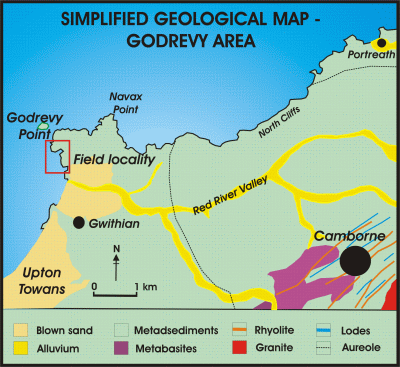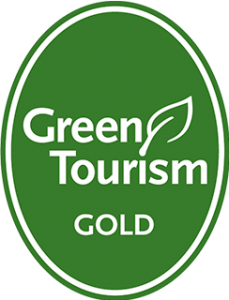Nick Baker – Talks & Seminars
Experienced geography / geology tutor and published author Nick Baker offers a number of different talks and seminars which can be conducted on site at Cohort. Each talk is 40 – 60 minutes and is followed by a Q&A, discussion & guided seminar.
A Rural Legacy Lost (1 hour)
The story of a largely forgotten culture, lifestyle and dialect associated with net fishing for salmon at the village of Stoke Gabriel on the River Dart in Devon. When all fishing licences were eventually bought out with climate change threatening sustainability, this impacted the ingrained social, economic and cultural history of the settlement illustrating how global changes can be felt at a local level.
The story of the Providence mines of Carbis Bay, St. Ives (45 – 60 minutes)
Surface evidence of these mines is now virtually non-existent, smothered under a carpet of modern development. Dealt with chronologically, with an underpinning geological rationale for its existence, it harnesses the rapidly fluctuating financial and human fortunes of this enterprise through optimism, trial, tragedy and ultimate abandonment.
Carbis Bay: Then and Now (30 – 40 minutes)
This talk looks at the rapidly expanding impact of tourism on Carbis Bay and how it has changed in response.
£100 / talk
nbaker311@aol.com








